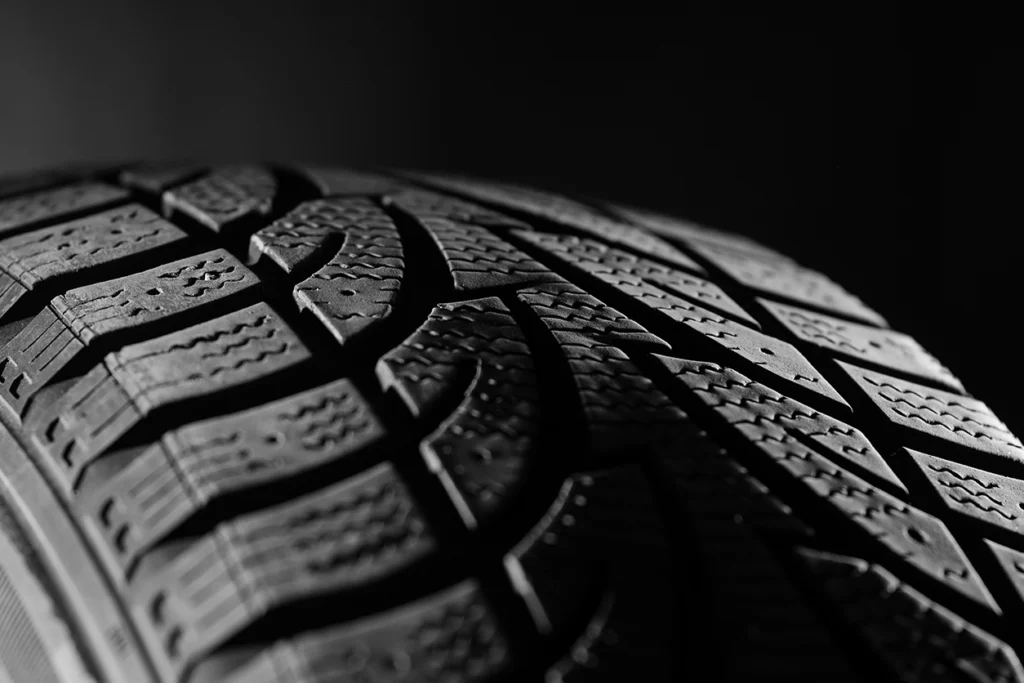While it’s true that premium tires often come with a higher price tag, there are several factors to consider before making a tire purchasing decision. Below, we’ll explore the trade-offs between spending more and spending less on tires, helping you understand the impact it can have on your driving experience, safety, and long-term savings.
Quality and Performance
One of the primary considerations when buying tires is the quality and performance they offer. Premium tires are often engineered using advanced technologies, high-quality materials, and innovative tread patterns. These tires undergo rigorous testing to ensure optimal traction, handling, and durability. As a result, they often deliver superior performance in wet and dry grip, braking distances, and overall comfort.
On the other hand, budget-friendly or economy tires are designed to meet basic performance standards at a more affordable price point. While they may provide satisfactory performance in normal driving conditions, they may not offer the same level of performance and refinement as premium tires. These tires might have shorter tread life, reduced grip on wet surfaces, and less responsive handling. This does not mean they are inadequate. They just don’t perform quite as well as premium tires.
Safety and Handling
Investing in good-quality tires can significantly enhance your safety on the road. Premium tires are engineered to provide improved traction and control, particularly in adverse weather conditions. Their advanced tread compounds and tread patterns excel at channeling away water, reducing the risk of hydroplaning and maintaining grip on wet surfaces. Additionally, premium tires often offer enhanced stability and precise steering response, contributing to safer handling in various driving situations.
While budget tires meet the minimum safety requirements, their performance in wet or challenging road conditions may be compromised. They might exhibit longer braking distances, reduced grip, and less predictable handling. Investing in higher-quality tires can provide peace of mind and contribute to overall road safety.
Long-Term Savings
While it’s true that premium tires often come with a higher upfront cost, they can offer long-term savings in four different ways
- Premium tire tread compounds and construction can provide extended tread life, resulting in fewer tire replacements over time.
- Premium tires may also offer better fuel efficiency due to lower rolling resistance, resulting in potential savings at the gas pump.
- investing in higher-quality tires can help prevent costly repairs and accidents. With enhanced traction and handling, the risk of skidding, sliding, and losing control is reduced, minimizing the likelihood of accidents and associated repair costs.
- Premium tires sometimes come with fuller warranties, providing added protection and potential savings in case of manufacturing defects or premature wear.
Personal Driving Preferences
Consider your personal driving needs and habits when deciding between spending more or less on tires. If you primarily drive in urban areas, with shorter commutes and limited exposure to extreme weather conditions, budget-friendly tires may meet your needs. However, if you frequently take long trips, encounter various road conditions, or prioritize performance and safety, investing in higher-quality tires might be a better choice.
Summary
When it comes to purchasing tires for your vehicle, the decision to spend more or less depends on a range of factors. While premium tires offer advanced technologies, superior performance, enhanced safety, and potential long-term savings, budget-friendly options provide a more economical solution for basic driving needs. Assess your driving requirements, consider the trade-offs, and make an informed decision that aligns with your priorities. Remember, investing in high-quality tires is an investment in your safety and driving experience. We find that many consumers land somewhere in the middle between basic tires and premium tires – to balance features and benefits with their tire purchasing budget.

